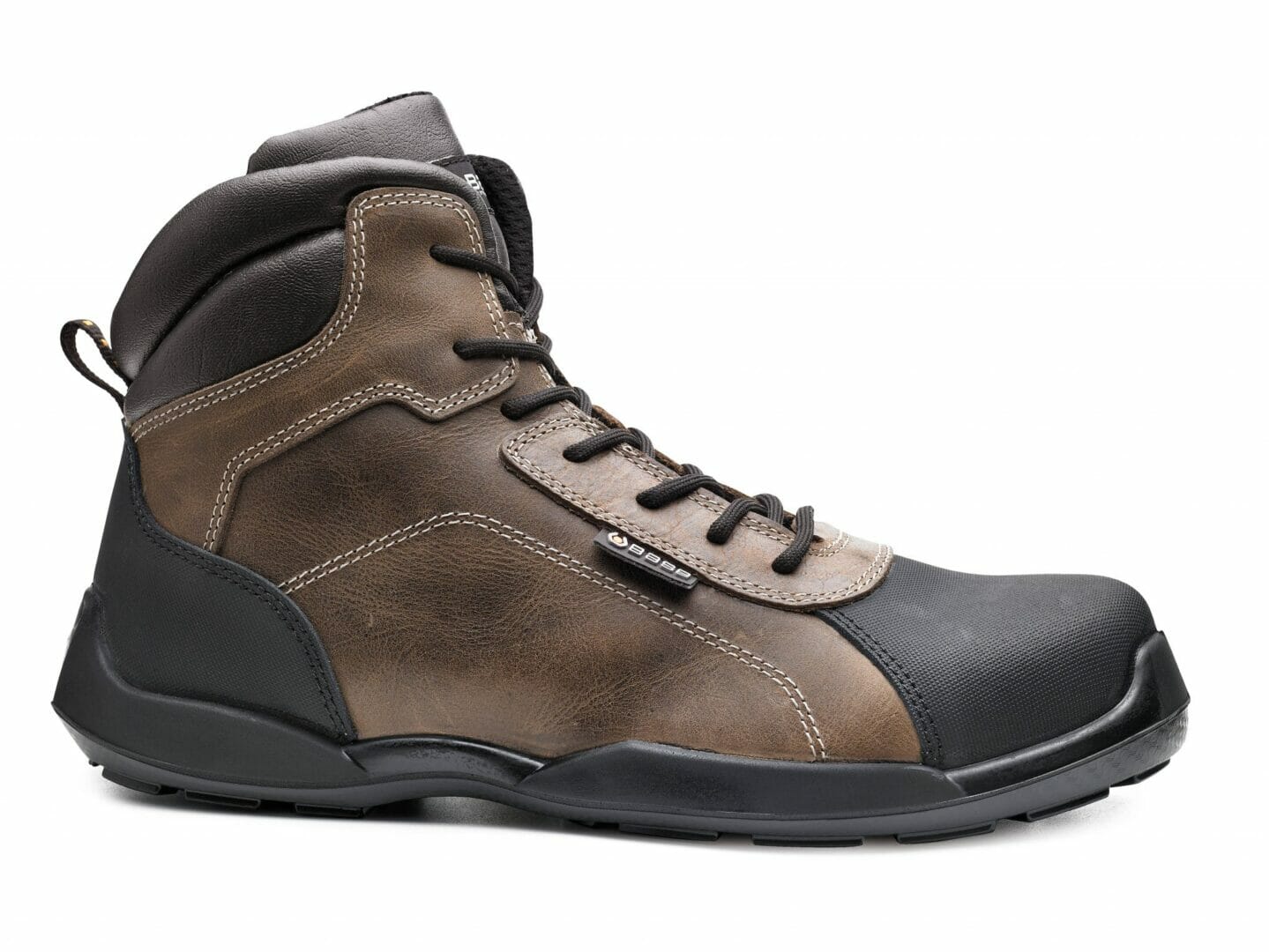
Protecting your feet while you work is important, but will a bog-standard pair of safety boots be enough to cover all eventualities, or is investing a few more pounds worth it to protect your feet and provide maximum comfort in the long-term? Hyde’s Sales and Marketing Director, John Dabb investigates.
Safety boots are an essential part of PPE which no installer should be without, but all too often we can be led by price rather than comfort when choosing footwear for work. However, choosing footwear that you will spend upwards of 8 to 10 hours a day walking, standing, bending and stretching in should mean that you take time and invest the necessary cash in ensuring your feet will be comfortable all day long. In the long-term, making do with ill-fitting and comfortable footwear can slow you down and even be detrimental to your health.
It isn’t just about spending more money on the appropriate safety footwear either, researching the many different options and trying them on for size is also important. So what are the key things to look out for to ensure your next pair of safety boots are really made for working?
As a rule, all safety footwear must meet the minimum safety standards set out by the International Organization for Standardization (ISO), with EN ISO 20345:2011 being the current standard for safety footwear across Europe (EN). This stipulates that all safety footwear must have toe protection against a 200-joule impact, meaning the amount of energy the toe region can absorb before breaking. SB safety boots meet this minimum legal requirement.

However, for a little additional cost, S3 boots have a puncture resistant midsole, anti-static properties, resistance to fuel oil on the outsole and energy absorption in the heel region, plus water resistant upper and cleated outsole. With S3 boots, safety combines with comfort in a way that is not guaranteed with standard SB footwear.
Perhaps the biggest test of comfort and durability for safety boots can be found in the cleat. The majority of SB boots have thick cleated soles made from polyurethane, which is solid and inflexible and therefore don’t give when bending. While most people choose boots because they look robust with thick cleated soles, they are in fact incredibly uncomfortable to wear for long periods of time. Research has proven that they require significantly more force to bend the foot than a flexible soled boot that has the same safety built in. Therefore, a much more effective rule of thumb is to do a flex test: how well does the boot bend at the sole?
Much emphasis is placed on the need for safety boots with protective toe caps to ensure your feet end the day in the same state as they started. While this is of course an unarguably important safety measure for builders, working in conditions that are wet underfoot presents just as much of a risk to health and safety as dropping heavy objects on to your feet, as by their very nature building sites are wet and boggy places, becoming even more so during the winter months.
The problem goes beyond having to put up with working in soggy socks; being exposed to such conditions can actually have quite serious consequences on the state of your feet. In a very short space of time, foot immersion can cause problems, with one of the most common, and troublesome of complaints being trench foot which if not treated effectively can have potentially serious consequences.

Caused by exposure to damp, cold conditions, trench foot is essentially the blood vessels constricting in an attempt to keep warm, by reducing blood flow to the extremities. This reduces the amount of oxygen and nutrients to the feet, which can result in tissue and nerve damage. The foot become numbs, changes colour, swells and starts to smell due to damage to the skin, blood vessels and nerves in the feet. Left untreated, tissue and nerve damage occur, swelling increases and a constant pins and needles sensation begins. In extreme cases, blisters and ulcers develop, skin starts to peel off and tissues begin to die, resulting in gangrene.
Unlike with frostbite, trench foot doesn’t require freezing temperatures, in fact it can develop in temperatures up to 16°C. Any wet environment, be it from excessive sweating to wearing damp socks and shoes can cause the condition. Worryingly, it can take less than a day of exposure to poor conditions for trench foot to develop and it can take up to six months to fully recover.
The best way to avoid such a painful and potentially career limiting condition, is for builders to choose suitable footwear, with a waterproof and light-weight breathable barrier to keep feet dry, cool and comfortable in all weathers.
For just a few pounds more than a standard SB boot and a few minutes spent trying the footwear on before you buy, an S3 safety boot and one that is water proof offers a wealth of protection and comfort that you can’t really put a value on when it comes to looking after your feet.
For more details, call Hyde on 0121 704 2324 or visit www.brianhyde.co.uk
